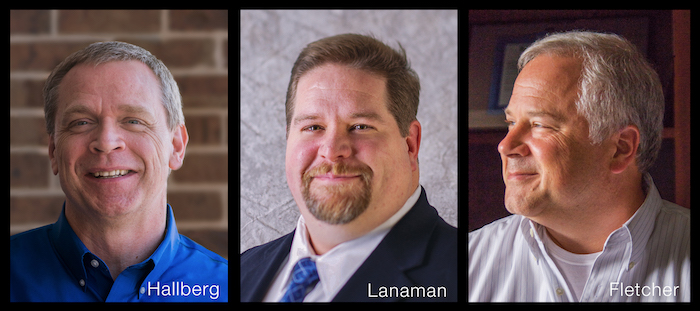
David Hallberg
I come from a family of healthcare providers and began my own career as a non-licensed caregiver. So I’ve experienced firsthand the consequences of system slowdowns and, as a result, developed a passion for providing clinicians a better environment in which to deliver care. I’ve had all sorts of titles over the past 20 years but alway
s the same basic problem-solving responsibility: to get multiple systems reliably working together so that the doctors and nurses are happy and patient care is optimized. I take care of their systems so they can take care of you.
I joined Cerner in 1997 after 10 years of systems analysis and management at hospitals in Georgia, Ohio and Florida. At Cerner I was a member of the Technical Services Group that helped hospitals get Millennium up and running. I left there to become director of technology at the University of Illinois Hospital in Chicago, in part, because it was heavily invested in Millennium and I was eager to help figure out how to maximize its operation for the clinicians. I then went to Arizona to help Perot Systems implement Millennium in what was supposed to be more than two dozen hospitals in a single Millennium domain. With an infrastructure that huge, I knew there would always be something new to learn in order to keep the system fast and reliable. I returned to Cerner in 2006 to improve the stability and performance of Millennium installations in the United Kingdom. In my current position at Softek Solutions, I continue to work with hospitals to maximize their Millennium investment. My focus is on the core messaging components of Millennium.
Chris Lanaman
Before joining Softek, I served as the Cerner implementation manager at Carondelet Health Network in Tucson. For two years, I led the team that moved Carondelet from 2007.12 Cerner code to 2007.17 and then 2007.19. We also moved from the W32 version of Clinical Reporting to the new Clinical Reporting XR and installed the PowerChart Local Access backup system and PowerInsight report generating system. Before that I spent six years as an analyst at Cerner.
With my various roles and the titles they carried — at Softek I am now Director of Millennium Consulting Services — I have always had one primary responsibility: to survey the big picture and figure out how to put the pieces together to provide end-users a system they can actually use or, even more, a system they want to use. My expertise lies on the application support side of the system. I believe that IT is an important tool in advancing healthcare and bringing order to the informational chaos that plagues the industry. All too often, however, clinicians resist adding technology to their workday. They want to care for patients, not spend time waiting for a computer to finish a command. I can sympathize with their frustration, so I am committed to bringing a level of predictability to their everyday workflow. Once they begin electronic charting or ordering, we had better make sure the system performs as promised.
David Fletcher
I’m the oddball of our team of bloggers. I am a civil engineer who has never been employed by Cerner. So where does my Millennium expertise come from? As an engineer, I am always eager to discover solutions to complex problems. As one of the founders of Softek Solutions, I have applied those problem-solving skills for the past 10 years toward building Panther and working with Millennium clients to optimize their system’s performance. As complex as Millennium is, at its core it is made up of understandable components. Discovering solutions that maximize these components carries great rewards because I know I am contributing in at least a small way toward improved medical care for thousands of people.
From the time Matt McLenon and I started Softek, we have sought to develop a culture that encourages everyone – whether our employees, clients or prospective clients – to share information with each other so that we all can grow and learn. This blog is a natural outgrowth of this open culture. Because I have a broad perspective on Millennium that comes both from years of product development as well as travel to hundreds of Cerner hospitals, I’ve heard and seen the good, the bad and the ugly. I’m glad for the opportunity to draw on some of these experiences to discuss common problems and solutions that can benefit all Millennium users.
